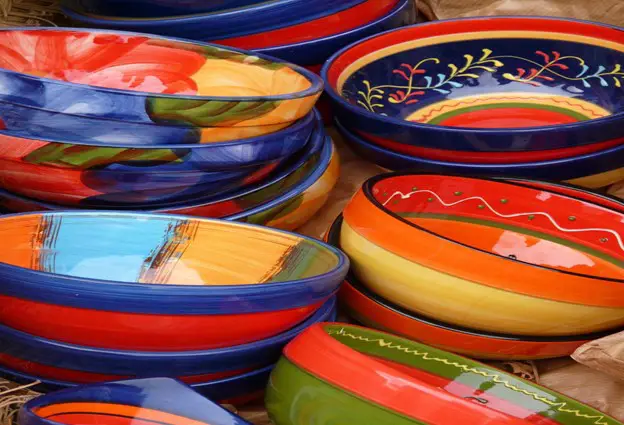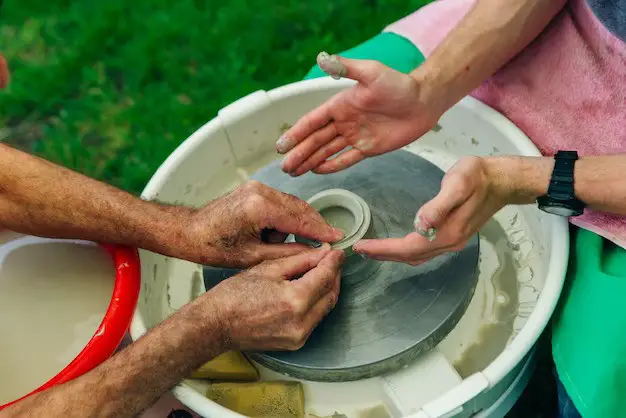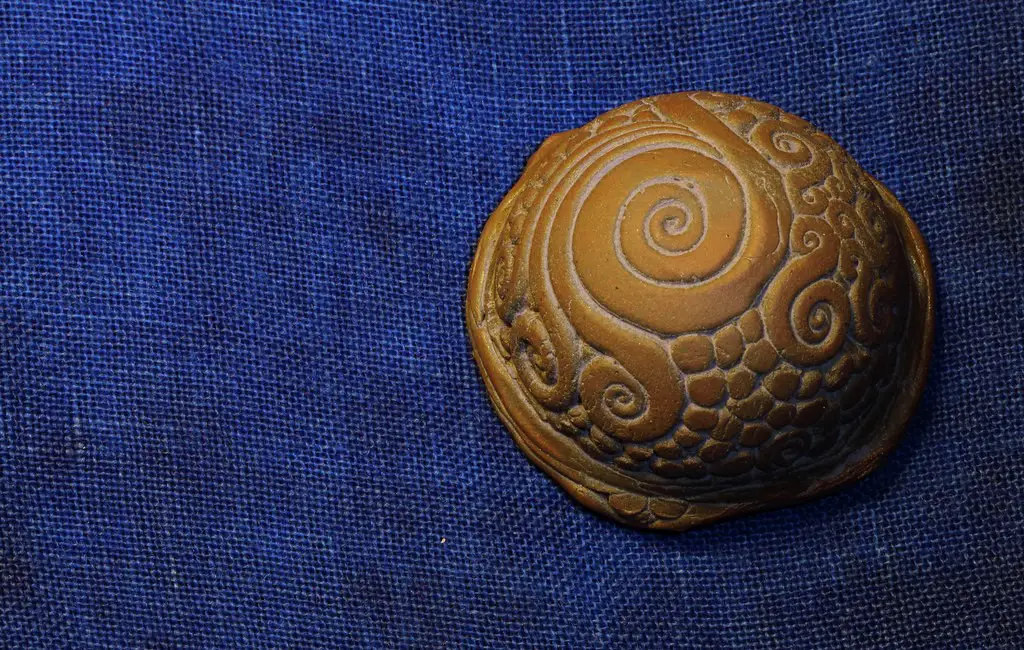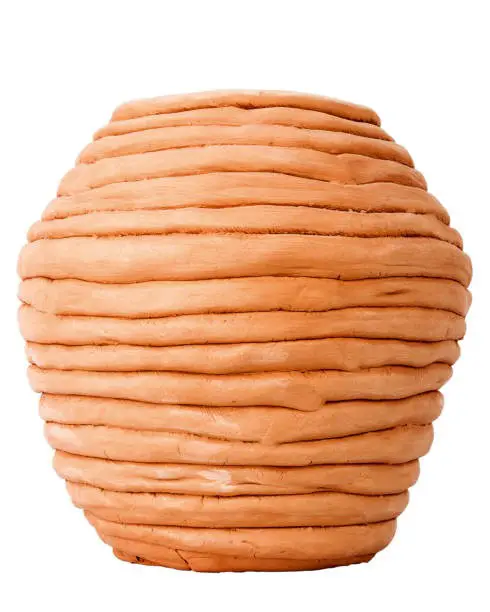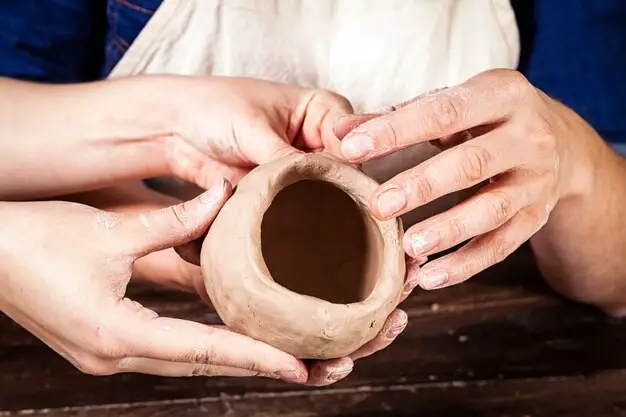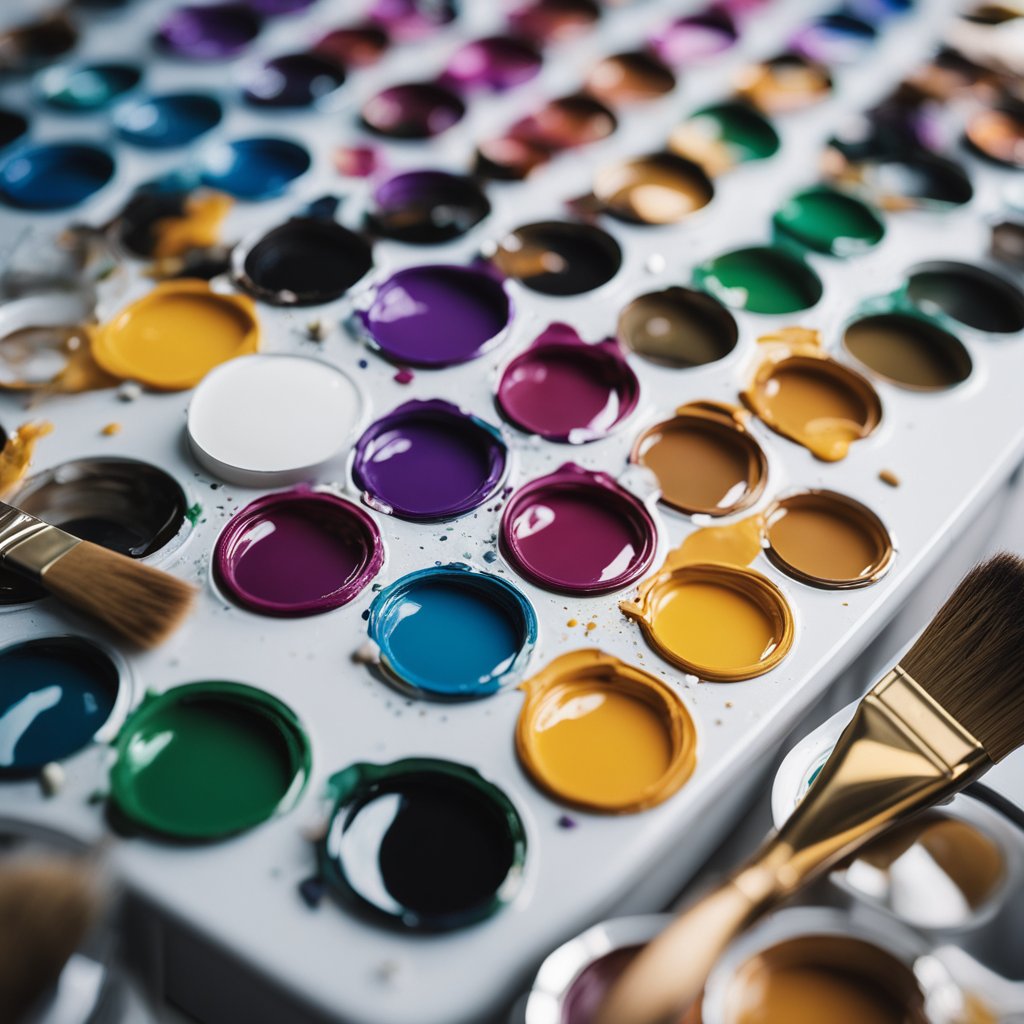Are you wondering what wax emulsions are and how you can use it for your pottery escapades? It is a balanced mixture comprised of more than one wax mixed with water. Normally, water and waxes do not mix together well. However, the two can be mixed together in a stable ay with the use of certain surfactants & a clever technique for preparation.
Simply put, wax emulsions are termed wax dispersion as the wax turns solid when kept at room temperature. Given that the preparation involves doing so above wax’s melting point, the process is termed emulsification.
Types of Emulsions for Pottery
There are several types of emulsions depending on the blends and waxes that justify their final application. Waxes found in the emulsions tend to be of synthetic or natural origin. Commonly found non-fossil waxes of natural origin include:
- Beeswax
- Ricebran wax
- Carnauba wax
- Candelilla wax
Commonly found fossilized natural waxes/emulsions include:
- Microcrystalline
- Montan wax
- Paraffin
On the other hand, synthetic waxes include options such as:
- HDPE
- Grafted polypropylene
- LDPE
- Maleic anhydride
- Fischer-Tropsch
Let us take a quick look at the differences between synthetic and natural emulsions for pottery.
Natural Emulsions |
Synthetic Emulsions |
| Less Durable | More Durable Due To The Synthetic Design |
| Favors A Natural Shine During/Post Application | Isn’t As Shiny As Natural Emulsions |
| Doesn’t Last Long | Lasts Longer Than Natural Emulsions |
| Might Require Re-Coating | Doesn’t Require Re-Coating |
| Easy To Apply | Thicker Consistency Is Time-Taking To Apply |
| Dries Faster | Takes Longer To Dry |
Now that you are aware of the basics let us take a look at the beginner-friendly techniques that will help you use the emulsions the right way for your pottery escapades.
Beginner-Friendly Techniques For Use Of Emulsions In Pottery
The basic function of emulsions is to ensure that any other liquid doesn’t seep into the clay piece. This includes liquid glazes as well. Wax emulsions have a lot of practical uses but can also be perfect for decorative purposes as well.
1-Apply Emulsion On The Base Of The Pottery Piece
If you wish to simply place your glazed pottery on the kiln shelf and let it fire, you might end up with a piece that is stuck to the kiln shelf. Even a bit of glaze at the pot’s bottom might cause the piece to be stuck to the shelf. Even washing your pot’s bottom after glazing might not be enough to ensure that the pots are safe from this fate.
This is why most artists tend to apply the emulsions at the bottom section of the pot before initiating the glazing. You might want to rush things to get started with the glazing. However, it is important to ensure that your pieces have emulsion applied thoroughly without ruining the design of the kiln.
The right method to apply emulsion to the pot’s bottom is by applying it via a sponge or brush. Use a separate tool that isn’t used for other pottery processes. You can use the Kemper Tools Pottery Sponge that comes with a holder to ensure even application of the emulsion. Now, gently coat the upper side and bottom of the pottery. It is critical for you to take some time. If you coat anything less than 1/4th of the inch, you might risk the glaze coming down to the base of the pot and thereby sticking to the kiln’s shelf area.
You don’t have to worry about the emulsion on the base as it will meltdown during the firing, and all you have to do is simply wipe the waxed area with a clean cloth or sponge. Make sure you let the emulsion dry out thoroughly before the glaze is applied to the pottery piece.
2-Use Commercial Emulsions:
As compared to melted wax, commercial emulsions or resists are easy to use. Most of these branded choices can easily be removed after use with the help of warm water soapy solution and brush/sponge. However, you need to keep in mind that each brand has its own directions for cleaning and application. So, make sure you read the introductions thoroughly before applying the same to the pot.
3-Emulsions Shouldn’t Have Bubbles During Application:
If your emulsion forms bubbles during the application process, it creates a flimsy layer and might allow the glaze to seep in during the firing process. So, how do bubbles form during the application process? How can you avoid this from happening? The key is to ensure that the emulsion is hot enough and doesn’t get chunky during the application process.
Apart from this, you also need to ensure that the application is in one direction. Do not move the brush to and fro as it doesn’t allow a smooth application of the emulsion. Moreover, ensure that the layering is even from end to end. This helps prevent any bubble formation and thus doesn’t allow the glaze to seep into the pottery piece.
4-Use Colored Emulsions:
Another great technique for beginners is to use colored emulsions for the application process. Normally, emulsions ensure a transparent application process, but this makes it difficult to track the places that have already been worked on and the areas that haven’t been.
So, go for emulsions that come with a tint. This helps with an easier application process and saves you a lot of time. Moreover, you don’t have to worry about the color affecting the piece as it melts off with the emulsion leaving no trace as such.
Application of emulsion that is properly tracked will ensure that you do not cover the area that has already been waxed and forget certain sections only to notice this mistake after the firing process. Another way you can ensure proper application of the emulsion is to use a pre-designed stencil.
This will help you carefully apply the resist in any section you desire while restraining any area that shouldn’t be glazed.
Conclusion
With the above tips in mind, you can carefully and successfully apply the emulsion to your pottery, even as a beginner. Depending on your pottery-crafting needs, you can use any type of emulsion from the types mentioned above. However, make sure you test out the emulsion on a spare piece before applying the same in bulk.

